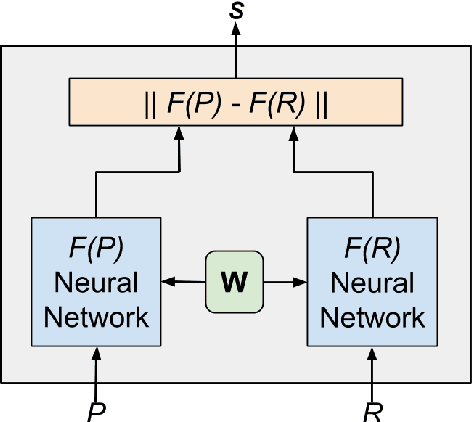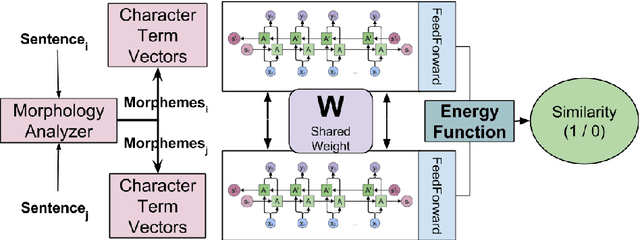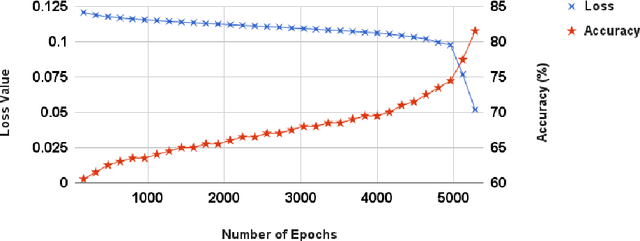Emotions are Universal: Learning Sentiment Based Representations of Resource-Poor Languages using Siamese Networks
Paper and Code
Apr 03, 2018



Machine learning approaches in sentiment analysis principally rely on the abundance of resources. To limit this dependence, we propose a novel method called Siamese Network Architecture for Sentiment Analysis (SNASA) to learn representations of resource-poor languages by jointly training them with resource-rich languages using a siamese network. SNASA model consists of twin Bi-directional Long Short-Term Memory Recurrent Neural Networks (Bi-LSTM RNN) with shared parameters joined by a contrastive loss function, based on a similarity metric. The model learns the sentence representations of resource-poor and resource-rich language in a common sentiment space by using a similarity metric based on their individual sentiments. The model, hence, projects sentences with similar sentiment closer to each other and the sentences with different sentiment farther from each other. Experiments on large-scale datasets of resource-rich languages - English and Spanish and resource-poor languages - Hindi and Telugu reveal that SNASA outperforms the state-of-the-art sentiment analysis approaches based on distributional semantics, semantic rules, lexicon lists and deep neural network representations without sh
 Add to Chrome
Add to Chrome Add to Firefox
Add to Firefox Add to Edge
Add to Edge